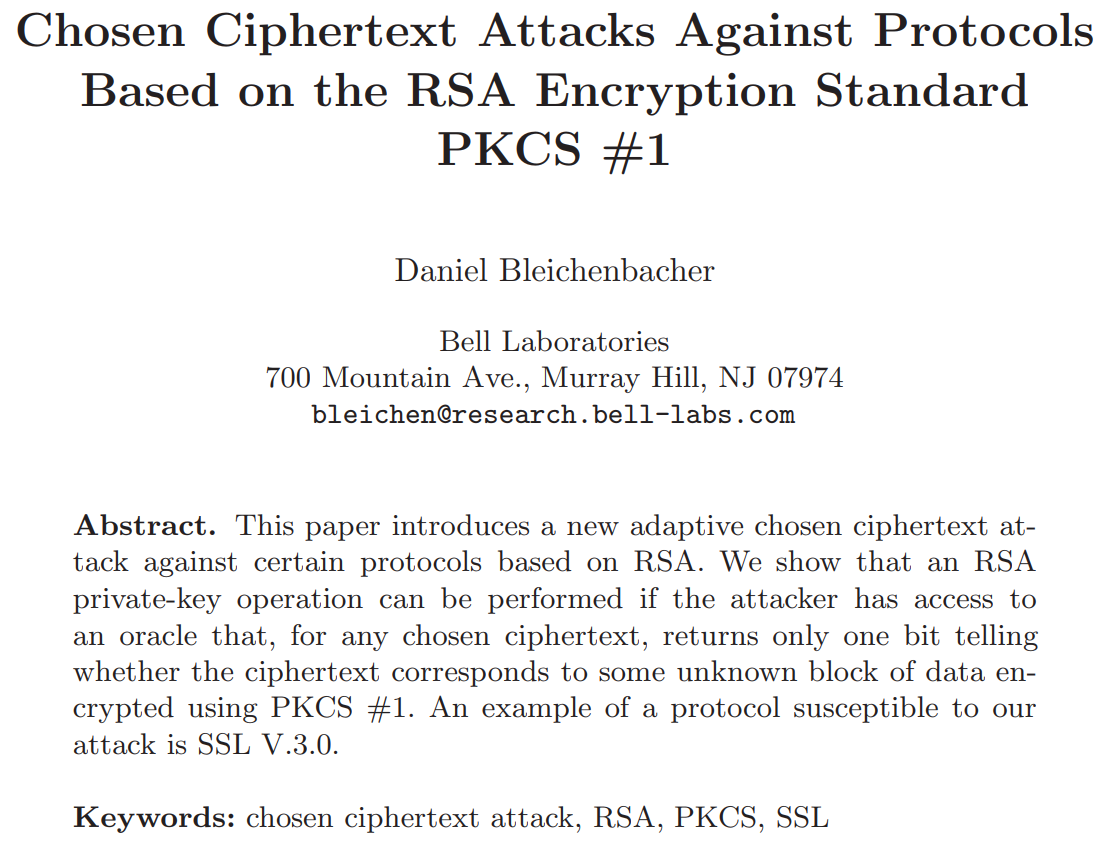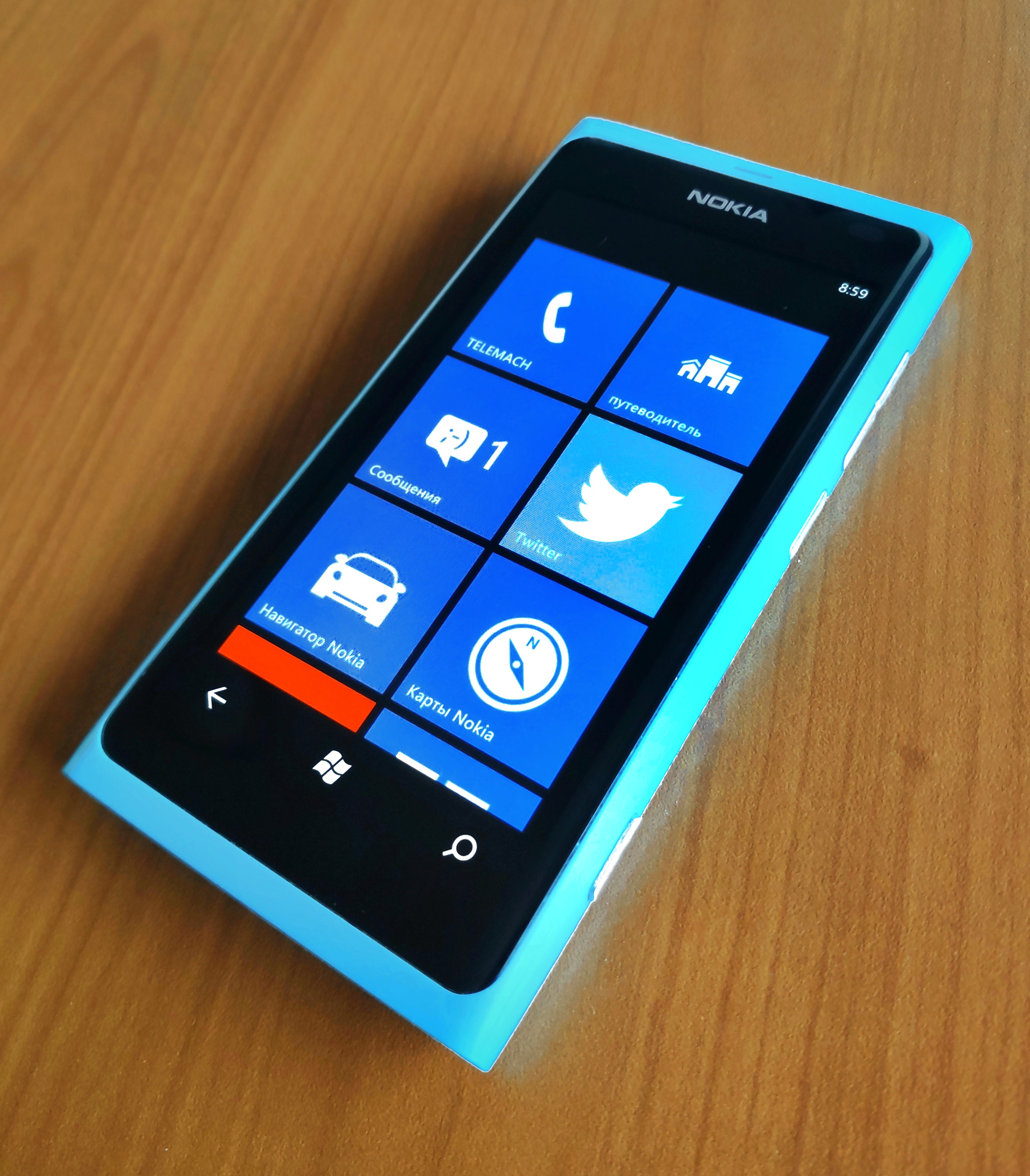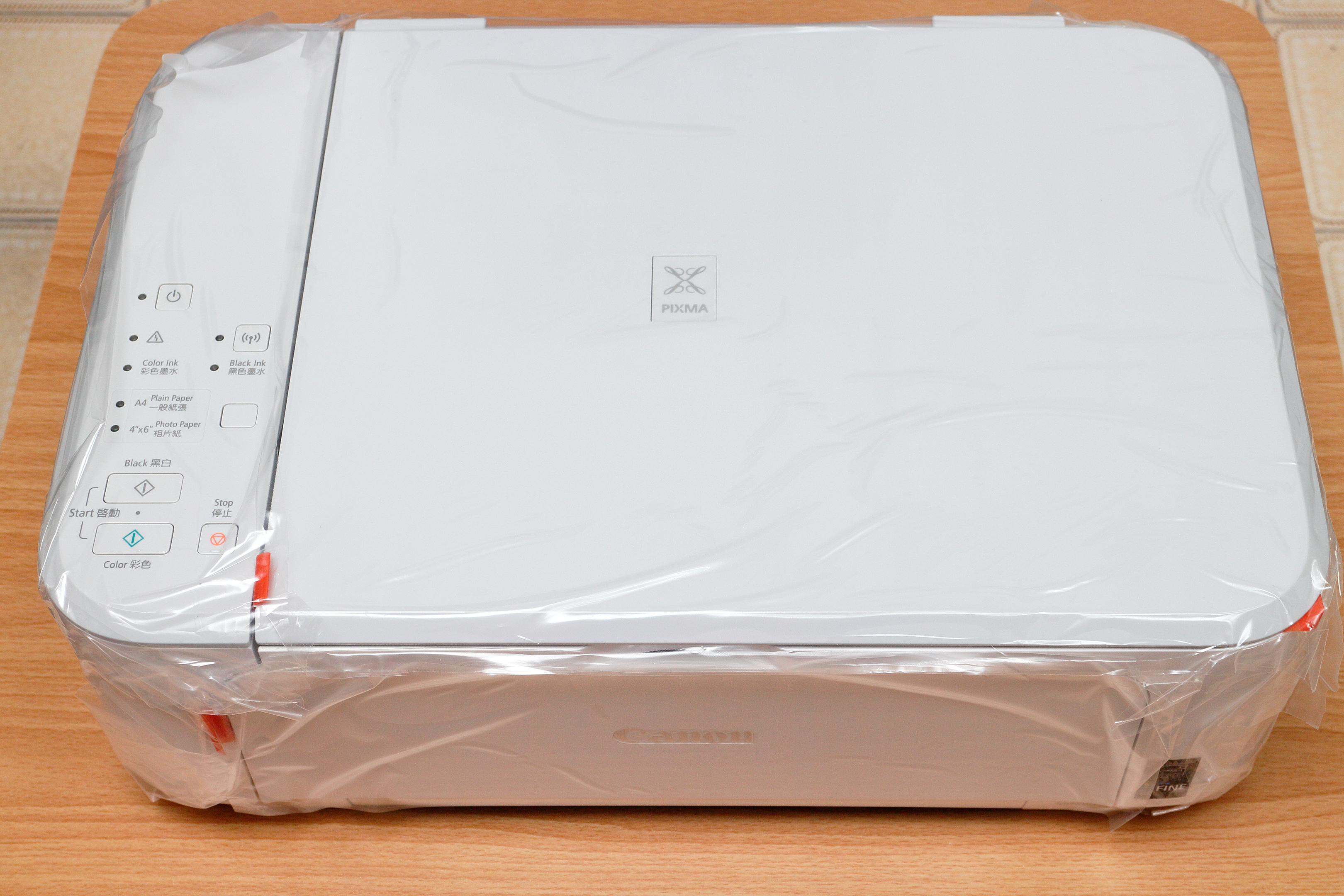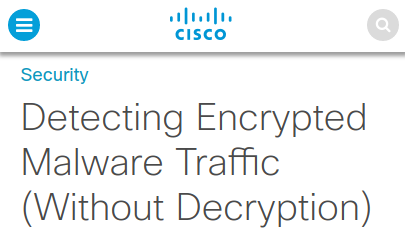The Rocky Road to

Hanno Böck
Transport Layer Security
A protocol to create an encrypted and authenticated layer around other protocols
TLS 1.3 was published in August 2018
How did we get there?
In 1995 Netscape introduced Secure Socket Layer or SSL version 2
In 1996 it was followed up with SSL version 3
In 1999 the IETF took over and renamed it to TLS
SSL/TLS History
- 1995: SSL 2
- 1996: SSL 3
- 1999: TLS 1.0
- 2006: TLS 1.1
- 2008: TLS 1.2
- 2018: TLS 1.3
Vulnerabilities
Padding Oracles in CBC mode
CBC Padding for Block Ciphers (AES)
Encryption of data blocks means we have to fill up space
CBC in TLS
MAC-then-Pad-then-Encrypt
Valid Padding
00
01 01
02 02 02
03 03 03 03
...
We assume a situation where the attacker can see whether the padding is valid
2002: Serge Vaudenay discovers Padding Oracle
TLS errors
decryption_failed
bad_record_mac
If an attacker can see the TLS error he can use a padding oracle
However TLS errors are encrypted:
Attack is not practical
2003: Timing attack allows practical padding oracle attack
TLS 1.2 fixed it (kind of)
This leaves a small timing channel, since MAC performance depends to some extent on the size of the data fragment, but it is not believed to be large enough to be exploitable, due to the large block size of existing MACs and the small size of the timing signal.Lucky Thirteen (2013)
Actually it is large enough to be exploitable
It is possible to make TLS with CBC timing safe, but it adds a lot of complexity to the code
POODLE (2014)
SSLv3 has a padding oracle flaw by design
POODLE-TLS (2014)
Implementations fail to check the padding, making TLS vulnerable to POODLE, too
Lucky Microseconds in s2n (2015)
Sorry Amazon, your fix for Lucky Thirteen doesn't work
LuckyMinus20 in OpenSSL (2016)
When OpenSSL tried to fix Lucky Thirteen they introduced another padding oracle
The original attack didn't work in practice, because TLS errors are encrypted
But what if there are implementations that create other errors that an attacker can see? For example TCP errors, connection resets or timeouts?
Yes, you can find servers doing that
Bleichenbacher attacks
RSA Encryption

RSA PKCS #1 1.5 Encryption
00 | 02 | [random] | 00 | 03 | 03 | [secret]
A valid decryption always starts with 00 02
What shall a server do if it doesn't?
Send an error?
Sending an error tells the attacker something:
Decrypted data does not start with 00 02
Attacker can send modified ciphertext and learn enough to decrypt data
So TLS 1.0 introduced some countermeasures
2003: Klima-Pokorny-Rosa attack
Countermeasures were incomplete
2014: Java is vulnerable to Bleichenbacher attacks
And OpenSSL via timing
2016: DROWN
SSL 2 is vulnerable to Bleichenbacher attacks by design
2017: Return of Bleichenbacher's Oracle Threat (ROBOT)
~1/3 of top webpages and at least 15 different implementations vulnerable
2018: 9 Lives of Bleichenbacher's CAT
Cache sidechannels that work against almost most RSA implementations
Bleichenbacher attack countermeasures
| TLS 1.0 | TLS 1.1 | TLS 1.2 |
Note: An attack discovered by Daniel Bleichenbacher [BLEI] can be used
to attack a TLS server which is using PKCS#1 encoded RSA. The
attack takes advantage of the fact that by failing in different
ways, a TLS server can be coerced into revealing whether a
particular message, when decrypted, is properly PKCS#1 formatted
or not.
The best way to avoid vulnerability to this attack is to treat
incorrectly formatted messages in a manner indistinguishable from
correctly formatted RSA blocks. Thus, when it receives an
incorrectly formatted RSA block, a server should generate a
random 48-byte value and proceed using it as the premaster
secret. Thus, the server will act identically whether the
received RSA block is correctly encoded or not.
|
Note: An attack discovered by Daniel Bleichenbacher [BLEI] can be
used to attack a TLS server that is using PKCS#1 v 1.5 encoded
RSA. The attack takes advantage of the fact that, by failing
in different ways, a TLS server can be coerced into revealing
whether a particular message, when decrypted, is properly
PKCS#1 v1.5 formatted or not.
The best way to avoid vulnerability to this attack is to treat
incorrectly formatted messages in a manner indistinguishable
from correctly formatted RSA blocks. Thus, when a server
receives an incorrectly formatted RSA block, it should generate
a random 48-byte value and proceed using it as the premaster
secret. Thus, the server will act identically whether the
received RSA block is correctly encoded or not.
[PKCS1B] defines a newer version of PKCS#1 encoding that is
more secure against the Bleichenbacher attack. However, for
maximal compatibility with TLS 1.0, TLS 1.1 retains the
original encoding. No variants of the Bleichenbacher attack
are known to exist provided that the above recommendations are
followed.
Implementation Note: Public-key-encrypted data is represented as an
opaque vector <0..2^16-1> (see Section 4.7).
Thus, the RSA-encrypted PreMasterSecret in a
ClientKeyExchange is preceded by two length
bytes. These bytes are redundant in the case of
RSA because the EncryptedPreMasterSecret is the
only data in the ClientKeyExchange and its
length can therefore be unambiguously
determined. The SSLv3 specification was not
clear about the encoding of public-key-encrypted
data, and therefore many SSLv3 implementations
do not include the length bytes, encoding the
RSA encrypted data directly in the
ClientKeyExchange message.
This specification requires correct encoding of
the EncryptedPreMasterSecret complete with
length bytes. The resulting PDU is incompatible
with many SSLv3 implementations. Implementors
upgrading from SSLv3 must modify their
implementations to generate and accept the
correct encoding. Implementors who wish to be
compatible with both SSLv3 and TLS should make
their implementation's behavior dependent on the
protocol version.
Implementation Note: It is now known that remote timing-based attacks
on SSL are possible, at least when the client
and server are on the same LAN. Accordingly,
implementations that use static RSA keys SHOULD
use RSA blinding or some other anti-timing
technique, as described in [TIMING].
Note: The version number in the PreMasterSecret MUST be the version
offered by the client in the ClientHello, not the version
negotiated for the connection. This feature is designed to
prevent rollback attacks. Unfortunately, many implementations
use the negotiated version instead, and therefore checking the
version number may lead to failure to interoperate with such
incorrect client implementations. Client implementations, MUST
and Server implementations MAY, check the version number. In
practice, since the TLS handshake MACs prevent downgrade and no
good attacks are known on those MACs, ambiguity is not
considered a serious security risk. Note that if servers
choose to check the version number, they should randomize the
PreMasterSecret in case of error, rather than generate an
alert, in order to avoid variants on the Bleichenbacher attack.
[KPR03]
|
Note: Attacks discovered by Bleichenbacher [BLEI] and Klima et al.
[KPR03] can be used to attack a TLS server that reveals whether a
particular message, when decrypted, is properly PKCS#1 formatted,
contains a valid PreMasterSecret structure, or has the correct
version number.
As described by Klima [KPR03], these vulnerabilities can be avoided
by treating incorrectly formatted message blocks and/or mismatched
version numbers in a manner indistinguishable from correctly
formatted RSA blocks. In other words:
1. Generate a string R of 46 random bytes
2. Decrypt the message to recover the plaintext M
3. If the PKCS#1 padding is not correct, or the length of message
M is not exactly 48 bytes:
pre_master_secret = ClientHello.client_version || R
else If ClientHello.client_version <= TLS 1.0, and version
number check is explicitly disabled:
pre_master_secret = M
else:
pre_master_secret = ClientHello.client_version || M[2..47]
Note that explicitly constructing the pre_master_secret with the
ClientHello.client_version produces an invalid master_secret if the
client has sent the wrong version in the original pre_master_secret.
An alternative approach is to treat a version number mismatch as a
PKCS-1 formatting error and randomize the premaster secret
completely:
1. Generate a string R of 48 random bytes
2. Decrypt the message to recover the plaintext M
3. If the PKCS#1 padding is not correct, or the length of message
M is not exactly 48 bytes:
pre_master_secret = R
else If ClientHello.client_version <= TLS 1.0, and version
number check is explicitly disabled:
premaster secret = M
else If M[0..1] != ClientHello.client_version:
premaster secret = R
else:
premaster secret = M
Although no practical attacks against this construction are known,
Klima et al. [KPR03] describe some theoretical attacks, and therefore
the first construction described is RECOMMENDED.
In any case, a TLS server MUST NOT generate an alert if processing an
RSA-encrypted premaster secret message fails, or the version number
is not as expected. Instead, it MUST continue the handshake with a
randomly generated premaster secret. It may be useful to log the
real cause of failure for troubleshooting purposes; however, care
must be taken to avoid leaking the information to an attacker
(through, e.g., timing, log files, or other channels.)
The RSAES-OAEP encryption scheme defined in [PKCS1] is more secure
against the Bleichenbacher attack. However, for maximal
compatibility with earlier versions of TLS, this specification uses
the RSAES-PKCS1-v1_5 scheme. No variants of the Bleichenbacher
attack are known to exist provided that the above recommendations are
followed.
Implementation note: Public-key-encrypted data is represented as an
opaque vector <0..2^16-1> (see Section 4.7). Thus, the RSA-encrypted
PreMasterSecret in a ClientKeyExchange is preceded by two length
bytes. These bytes are redundant in the case of RSA because the
EncryptedPreMasterSecret is the only data in the ClientKeyExchange
and its length can therefore be unambiguously determined. The SSLv3
specification was not clear about the encoding of public-key-
encrypted data, and therefore many SSLv3 implementations do not
include the length bytes -- they encode the RSA-encrypted data
directly in the ClientKeyExchange message.
This specification requires correct encoding of the
EncryptedPreMasterSecret complete with length bytes. The resulting
PDU is incompatible with many SSLv3 implementations. Implementors
upgrading from SSLv3 MUST modify their implementations to generate
and accept the correct encoding. Implementors who wish to be
compatible with both SSLv3 and TLS should make their implementation's
behavior dependent on the protocol version.
Implementation note: It is now known that remote timing-based attacks
on TLS are possible, at least when the client and server are on the
same LAN. Accordingly, implementations that use static RSA keys MUST
use RSA blinding or some other anti-timing technique, as described in
[TIMING].
|
With every new TLS version the countermeasures became more complicated
Many more attacks on poor choices in TLS 1.2 and earlier
SLOTH, FREAK, Logjam, SWEET32, Triple Handshake
Fixing bugs like TLS 1.2 and earlier
Use workarounds for known security issues
If workarounds are insufficient use more workarounds
Create optional secure modes, but keep the insecure ones
Fixing bugs like TLS 1.3
Remove insecure cryptographic constructions
TLS 1.3 Deprecations
- CBC-Modes, RC4, Triple-DES
- GCM with explicit nonces
- RSA Encryption, PKCS #1 1.5
- MD5, SHA1
- Diffie Hellman with custom or small parameters
- Obscure, custom and insecure Elliptic Curves
Formal Verification
Researchers have started to formally analyze TLS in recent years
Many vulnerabilities were found during protocol analysis
These analyses have contributed to and guided the design of TLS 1.3
Security is nice, but there's something else we care about:
Speed!
TLS Fresh Handshake
| TLS 1.2 | TLS 1.3 |
TLS 1.3 handshake removes one round trip from fresh handshakes
Handshake improves forward secrecy on session resumption and protects more data
TLS 1.3 has a faster and more secure handshake
TLS 1.3 Zero Round Trip (0-RTT)
If we previously connected we can use a pre-shared Key (PSK) to send data without any round trip
More speed!
But 0-RTT is not for free
Replay attacks
0-RTT should only be used where it's safe
Example HTTPS
GET Request: Idempotent
POST Request: Not Idempotent
In theory HTTP GET requests are idempotent and safe for 0-RTT
Do web developers know what idempotent means?
0-RTT does not have strong forward secrecy
Many speculate that future TLS 1.3 attacks will exploit 0-RTT
0-RTT is optional
If it turns out being too bad we can disable it
Deployment
It's not enough to design a faster, more secure TLS protocol, you also have to deploy it
On the Internet
The real Internet
The version number
This may sound trivial, but one other new thing that TLS 1.3 brings is a new version number



TLS 1.0 came after SSL 3
| SSL 3 | 03 00 |
| TLS 1.0 | 03 01 |
| TLS 1.1 | 03 02 |
| TLS 1.2 | 03 03 |
| TLS 1.3 | It's complicated |
TLS record layer
A protocol inside the protocol which has its own meaningless version number
We can't update the whole Internet at once
When we deploy a new version of TLS we need to still support old versions
Let's assume we have a client supporting TLS 1.2 and a server supporting TLS 1.0
TLS Version Negotiation
This is very simple
if (client_max_version < server_max_version) {
connection_version = client_max_version;
} else {
connection_version = server_max_version;
}
There's no way anyone could possibly get that wrong
Okay, we were talking about the real Internet
There are Enterprise Products
TLS Version Negotiation Enterprise Edition
Version intolerance
Version intolerance shows up every single time a new TLS version is introduced
What did browsers do?

Remember POODLE (2014)?
POODLE was a Padding Oracle in SSL 3
Who used SSL 3 in 2014?
It was deprecated for 16 years

Nokia Phones with Windows Mobile (built 2011)
But most browsers and most servers used at least TLS 1.0
So how to fix these insecure downgrades?
Let's add another workaround
SCSV: Introduce a mechanism that lets well-behaving servers detect when clients did a downgrade
At some point Enterprise servers had fixed version intolerance and browsers stopped these downgrades
Have I said they fixed version intolerance?
Of course not!
They fixed version intolerance for TLS 1.2, not for 1.3
New version negotiation in TLS 1.3
Old version field (legacy_version) stays at TLS 1.2
New extension (supported_versions) signals support for future TLS versions.
Does that mean we will have the same problem again with TLS 1.4?
GREASE
(Generate Random Extensions And Sustain Extensibility)
Servers should ignore unknown versions in supported_versions
Let's train servers to actually do that
GREASE values are reserved, bogus TLS versions that will never be used for real TLS versions
Clients can randomly send GREASE values in the TLS handshake
Implementors with broken version negotiation will hopefully notice that before shipping their product
Okay, so with the new version negotiation and GREASE we can ship TLS 1.3?
The Middlebox disaster
In summer 2017 TLS 1.3 was almost finished and ready to go, but it took another year until it was actually finalized
Browser vendors noticed a high number of connection failures when trying to deploy TLS 1.3
The reason: Devices analyzing traffic and trying to be smart
"Let's look at this TLS package. I've never seen something like that... let's better discard it."
These were largely passive middleboxes that should just pass traffic through
How to fix
Browser vendors proposed some changes to TLS 1.3 that made it look more like TLS 1.2
ChangeCipherSpec in TLS 1.2
The ChangeCipherSpec (CCS) message signals the change from unencrypted to encrypted content
Let's send a bogus CCS early in the handshake and hope this will confuse "smart" middleboxes into thinking that everything afterwards is encrypted and shouldn't be touched

Dual EC DRBG
The NSA created a random number generator with a backdoor and convinced NIST to standardize it
With a generous offer of 10 Million Dollar they convinced RSA security to use Dual EC DRBG
Extended Random
There exists a draft for a TLS extension that adds some extra random numbers to the TLS handshake
Why?
In 2014 researchers figured out that Extended Random makes the Dual EC DRBG backdoor much more effective
Coincidentally RSA's BSAFE library also contained support for Extended Random - but it was switched off by default, so everyone thought it's no big deal
Canon Pixma printers had a local HTTPS server, implemented with RSA BSAFE and Extended Random switched on
Extended Random was only a draft, so it had no official Extension number, RSA just used one of the next available numbers
This number collided with one of the new extensions in TLS 1.3, resulting in connection failures of TLS 1.3 supporting browsers and these Canon printers
There were many more TLS deployment issues and they continue
What about future TLS versions?
We have GREASE, which helps a bit
There's even a proposal to regularly roll out temporary TLS versions every few months
My prediction: These deployment problems are going to get worse


In the future we may have AI-supported TLS change intolerance, and that may be much harder to fix
Speaking of Enterprise environments
TLS removed the RSA encryption handshake very early
It doesn't have Forward Secrecy and it suffers from Bleichenbacher attacks
An E-Mail to the TLS Working Group from the Banking Industry
[tls] Industry Concerns about TLS 1.3
I recently learned of a proposed change that would affect many of my organization's member institutions: the deprecation of RSA key exchange.
Deprecation of the RSA key exchange in TLS 1.3 will cause significant problems for financial institutions, almost all of whom are running TLS internally and have significant, security-critical investments in out-of-band TLS decryption.
My view concerning your request: no.
Rationale: We're trying to build a more secure internet.
You're a bit late to the party. We're metaphorically speaking at the stage of emptying the ash trays and hunting for the not quite empty beer cans.
More exactly, we are at draft 15 and RSA key transport disappeared from the spec about a dozen drafts ago. I know the banking industry is usually a bit slow off the mark, but this takes the biscuit.
This led to several proposals to add a "visibility" mode to TLS 1.3, which were all rejected by the IETF TLS working group
The prevailing opinion in the TLS working group was that the goal of monitoring traffic content is fundamentally at odds with the goal of TLS
So the industry went to ETSI, the European standardization organization
They published Enterprise TLS (ETLS)
The IETF wasn't happy about the abuse of the name TLS

What's left?
Many attacks aren't against the cryptography of the protocol itself
Despite all the protocol issues the biggest TLS security flaw is probably that people aren't using it
SSL Stripping
We should use HTTPS by default
We also need to enforce it with HSTS (HTTP Strict Transport Security)
Server-to-Server STARTTLS is usually optional and unauthenticated
MTA-STS
Publishing a TLS policy for SMTP via HTTPS
Certificates
Popular Hacker Opinion
"The whole Certificate Authority system is broken"
Things have improved considerably, yet not everyone wants to recognize that
Certificates Transparency
CAs that repeatedly violate rules get distrusted
No CA is too big to fail
If you don't believe it ask Symantec
Future attacks
Compression attacks
CRIME, BREACH, TIME, HEIST
There's yet no satisfying fix for compression attacks
Domain Validation
Certificates are issued based on checks of domain ownership, yet these checks happen over an unencrypted Internet
Getting Certificates via BGP Hijacking
This is definitely possible, but hasn't been seen in the real world yet
No, Extended Validation does not help
Summary
TLS 1.3 deprecates many insecure constructions
TLS 1.3 is faster
Deploying new things on the Internet is a mess
Encrypt your connections!
